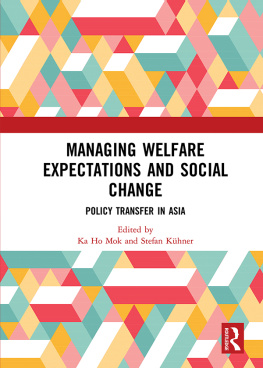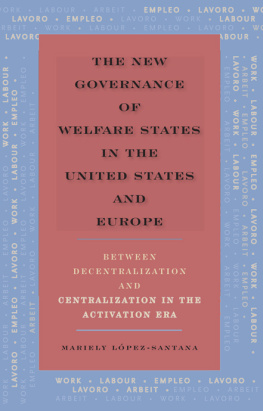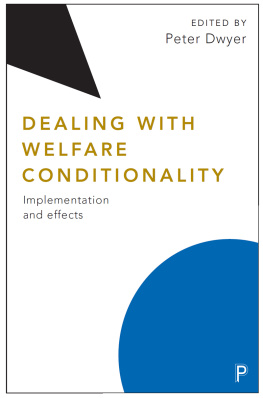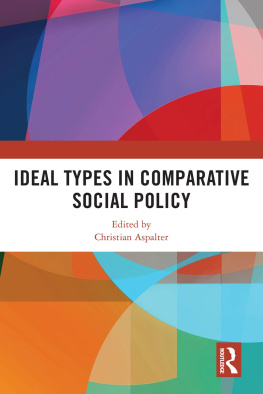Lorenzo Barrault-Stella - Creating Target Publics for Welfare Policies: A Comparative and Multi-level Approach
Here you can read online Lorenzo Barrault-Stella - Creating Target Publics for Welfare Policies: A Comparative and Multi-level Approach full text of the book (entire story) in english for free. Download pdf and epub, get meaning, cover and reviews about this ebook. year: 2018, publisher: Springer, genre: Politics. Description of the work, (preface) as well as reviews are available. Best literature library LitArk.com created for fans of good reading and offers a wide selection of genres:
Romance novel
Science fiction
Adventure
Detective
Science
History
Home and family
Prose
Art
Politics
Computer
Non-fiction
Religion
Business
Children
Humor
Choose a favorite category and find really read worthwhile books. Enjoy immersion in the world of imagination, feel the emotions of the characters or learn something new for yourself, make an fascinating discovery.
- Book:Creating Target Publics for Welfare Policies: A Comparative and Multi-level Approach
- Author:
- Publisher:Springer
- Genre:
- Year:2018
- Rating:3 / 5
- Favourites:Add to favourites
- Your mark:
Creating Target Publics for Welfare Policies: A Comparative and Multi-level Approach: summary, description and annotation
We offer to read an annotation, description, summary or preface (depends on what the author of the book "Creating Target Publics for Welfare Policies: A Comparative and Multi-level Approach" wrote himself). If you haven't found the necessary information about the book — write in the comments, we will try to find it.
This volume analyzes welfare policies by looking at the making of their target publics. It examines how these populations are identified and constructed by policy making. The contributors apply the classic theoretical question about who gets what, when, and how, but also suggest the revisiting of policy-feedback analysis.
Coverage includes empirical case studies in different geographical areas. It looks at Europe, the United States and also considers Mayotte, set in a post-colonial context. The chapters also examine different aspects of welfare, including the bureaucratic treatment of marginalized populations as well as the middle class.
The authors draw on diverse conceptual approaches and investigative methodologies. They conduct participant observation in public or nonprofit organizations, explore administrative records, and interview actors at various stages of policymaking. This qualitative material is then combined with relevant quantitative data.
Readers are guided through a multilevel approach of welfare policies, from their definition to their implementation. They gain insight into the targeting of publics, from the higher reaches of government to the most underprivileged groups of the social world.
Overall, the book compares different national contexts and social policy fields. This approach unearths regularities, enabling the authors to reassess major contemporary transformations of the welfare State.
Lorenzo Barrault-Stella: author's other books
Who wrote Creating Target Publics for Welfare Policies: A Comparative and Multi-level Approach? Find out the surname, the name of the author of the book and a list of all author's works by series.










